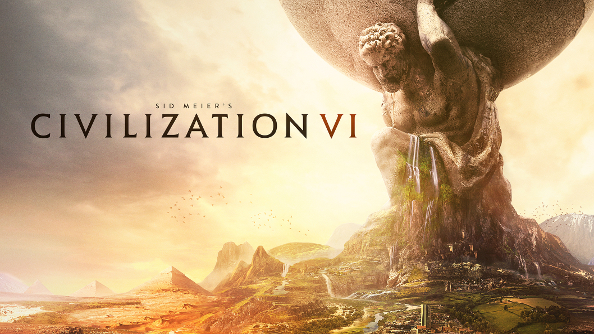
The announcement of Civilization VI earlier this year came as a nice surprise for fans of the legendary strategy series. It’s hard to imagine just how Firaxis could improve on its predecessor, the fantastic Civilization V, but at E3, they were willing to show off some new features of the game, and go into more detail about some of the things they revealed at the initial announcement.
Civilization VI sees the return of the hexagonal grid that made its series debut in Civ V. The grid allowed for more complex strategic options than the old square grid, and made both warfare and expansion much more interesting and fun. Combat also continues to work the same way it did in Civ V, with no unit-stacking and auto-resolving of battles. So far, so familiar.
Moving on to cities, however, and the changes become apparent. Cities themselves can now expand beyond the tile they’re first placed on. This is more than just the city growing, too: each additional tile functions as a new district in the city, and the districts all provide some benefit to the city. For example, a district might produce food, or it might also produce science if it’s an academic district. This is a dramatic shake-up of the series’ traditional production tiles around a city, and will make city building a much more important aspect of the game.
Wonders, too, have changed. Now, wonders require their own tile to be placed on, and some wonders can only be placed on tiles that meet certain requirements. Once built, a wonder will affect the area around it, and they can even be incorporated into cities to provide benefits to neighbouring districts.
Firaxis are also promising improvements to the political and diplomatic aspects of the series, allowing for even more nuanced negotiations and trade deals than before. The AI has been improved a lot, and is much less prone to simply going to war or getting upset with the player on a whim.
The Civilization series has a long and solid reputation for change only for change’s sake, and while Civ V’s hexagonal grid was perhaps the biggest shake-up in the series history, Firaxis didn’t make too many huge changes outside of that so that players could get used to the new movement options they had. Now that hexagons have been firmly established, Civilization VI can focus on other areas, such as the new cities, to mark out its place in the series.
How well will it do it? We’ll find out when the game launches on October 21.







